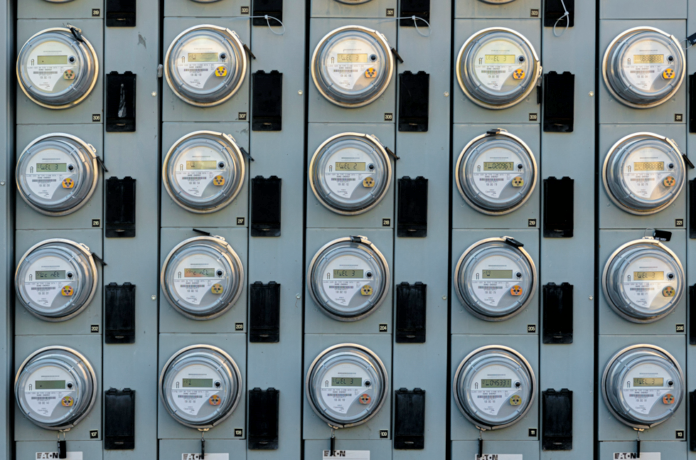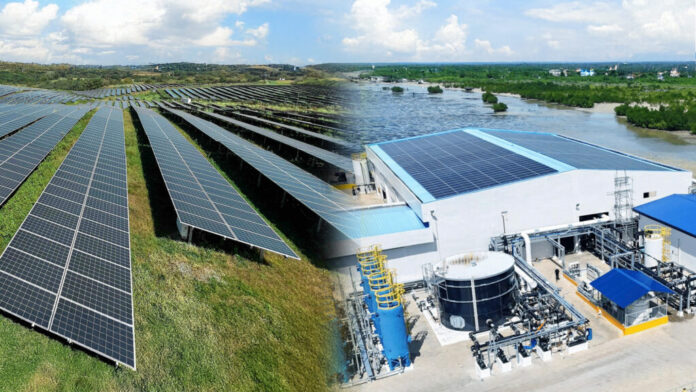Power generation rates in the Philippines eased in May due to favorable electricity market conditions amid high power supply margins, low fuel prices and stronger peso, according to the Energy Regulatory Commission (ERC).
Preliminary data showed that average generation rates charged by distribution utilities (DUs) to residential consumers fell last month, helping to ease total electricity costs following a surge in April.
“The continuing decline in generation rates since 2023 results from improved general market conditions and increased supply in the system, as well as the Commission’s diligent enforcement of rules and more timely action on filings with the ERC,” said ERC Chairperson and chief executive Monalisa Dimalanta.
“Even as we see these improvements, the ERC will not relax its proactive stance of close monitoring, particularly of global fuel prices, bilateral contracting and market behavior, to ensure the delivery of least-cost electricity to consumers.”
The country experienced higher monthly electricity rates in April at the peak of the dry season, the regulator said.
The National Capital Region (NCR) posted a monthly average generation rate of P7.80 per kilowatt-hour (kWh) in April 2025, marking the highest level recorded since 2013.
Rates declined across most regions in May, except in the largely off-grid areas of Bangsamoro Autonomous Region in Muslim Mindanao (BARMM) and Region 4-B (MIMAROPA).
The ERC attributed this downward adjustment primarily to a healthy supply margin in the Wholesale Electricity Spot Market (WESM), which supported lower system-wide average spot prices.
The decline in imported coal prices and an increasingly stronger peso further contributed to the reduction in electricity costs.
Healthy supply margins across all three grids led to stable electricity spot prices during the dry season.
All three grids recorded higher average supply and lower demand in May this year compared to the same period last year, resulting in lower average spot prices nationwide.
The system-wide average supply in May 2025 rose to 22,218 megawatts (MW), up from 19,648 MW in May 2024.
The average system-wide demand declined to 15,169 MW from 15,688 MW last year due to a shorter dry season in 2025.
As a result, the May 2025 supply margin widened significantly to 4,935 MW (22.3 percent of the average supply) from 1,867 MW (9.5 percent) in May 2024, helping stabilize prices in the spot market.
The decline in fuel prices and a stronger peso also contributed to the drop in electricity prices in May, the ERC said.
Indonesian coal registered its lowest monthly average price for the year at $115.8 per metric ton in May, while the peso strengthened further, averaging P55.6 to the U.S. dollar.
The ERC said these factors helped ease generation costs, alongside a slight recovery in WESM supply margin following the tight conditions observed during the peak of the dry season.
Since January 2023, the average electricity rate faced by consumers has fallen. Between January 2023 and May 2025, the overall reduction in the average generation cost (P2.4 per kWh) corresponds with the decrease in the country-wide average electricity price (P2.4 per kWh).









